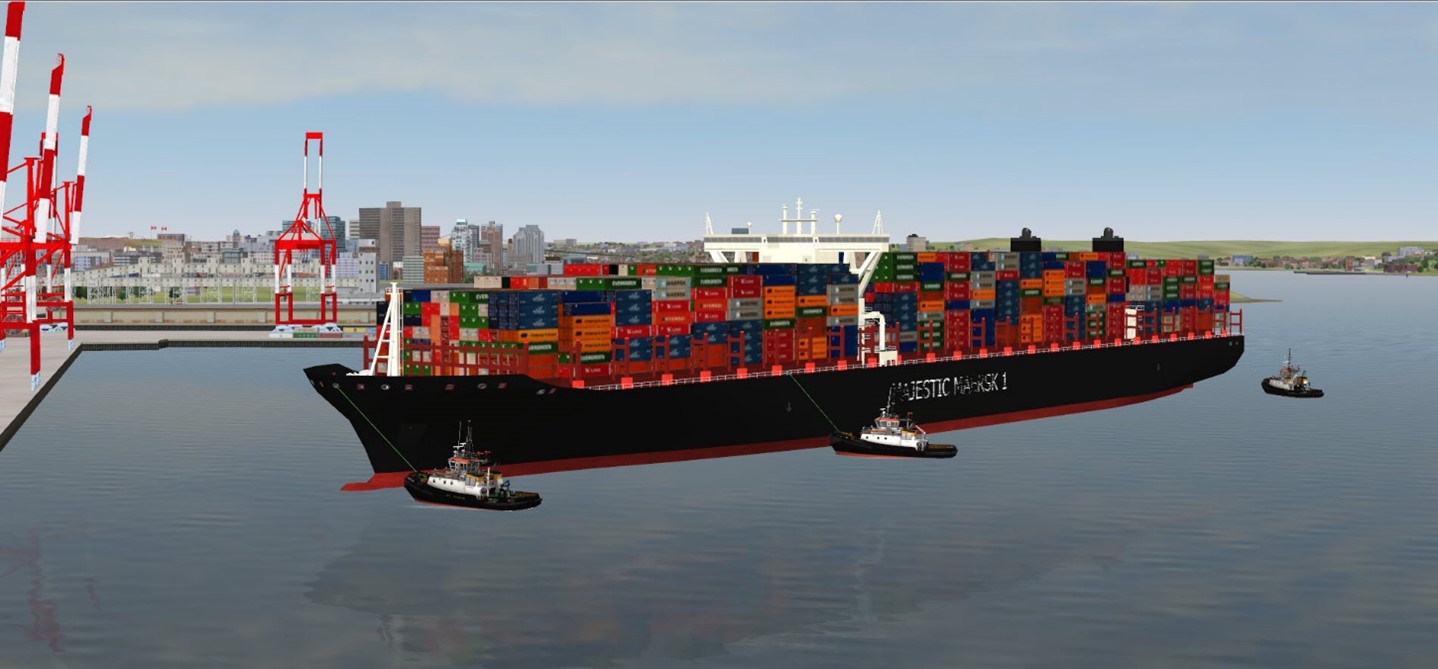Port of Halifax: Tug Criteria Simulations and Matrix

Year : 2022
Client : Halifax Port Authority, Canada
The Port of Halifax contracted the services of the Maritime Simulation and Resource Centre (MSRC) to perform a simulated transit and manoeuvring risk assessment for Ultra Large Container Vessels (ULCVs). The study focused on identifying and managing overall manoeuvring risks throughout the entire transit and arrival/departure process. This consisted of a series of tests to determine/identify the specific point where tethering tugs would both lower manoeuvring risk in high wind/emergency response conditions while simultaneously not appreciably increase operational risk on a day-to-day basis (i.e., tethering in rough weather, risk to tug crew and equipment). The findings and outcomes from this analysis can then provide operational guidelines for ongoing operations with 366-metre and larger container vessels, and serve as a proactive measure prior to receiving the first 400-metre LOA vessels at the PSA Halifax Atlantic Hub Terminal.
The exercises were observed by the representatives from the Port of Halifax, Atlantic Towing, and the Atlantic Pilotage Authority. The study took place from April 25 to 29, 2022 at the MSRC’s facilities in Quebec City, and consisted of a series of 47 manoeuvres run on the Full Mission Simulator. Runs were conducted with a 400-metre ULCV, a 367-metre Neo-PANAMAX, as well as a few validation runs with a 335-metre LOA Post-PANAMAX container vessel. The tug models used for the simulations were the Atlantic Oak rated at 65 tonnes static bollard pull (existing Halifax equipment), the Seaspan Eagle (RAstar 2800) rated at 73 tonnes static bollard pull, and the SST Orca (RAstar 3200) rated at 85 tonnes static bollard pull.

